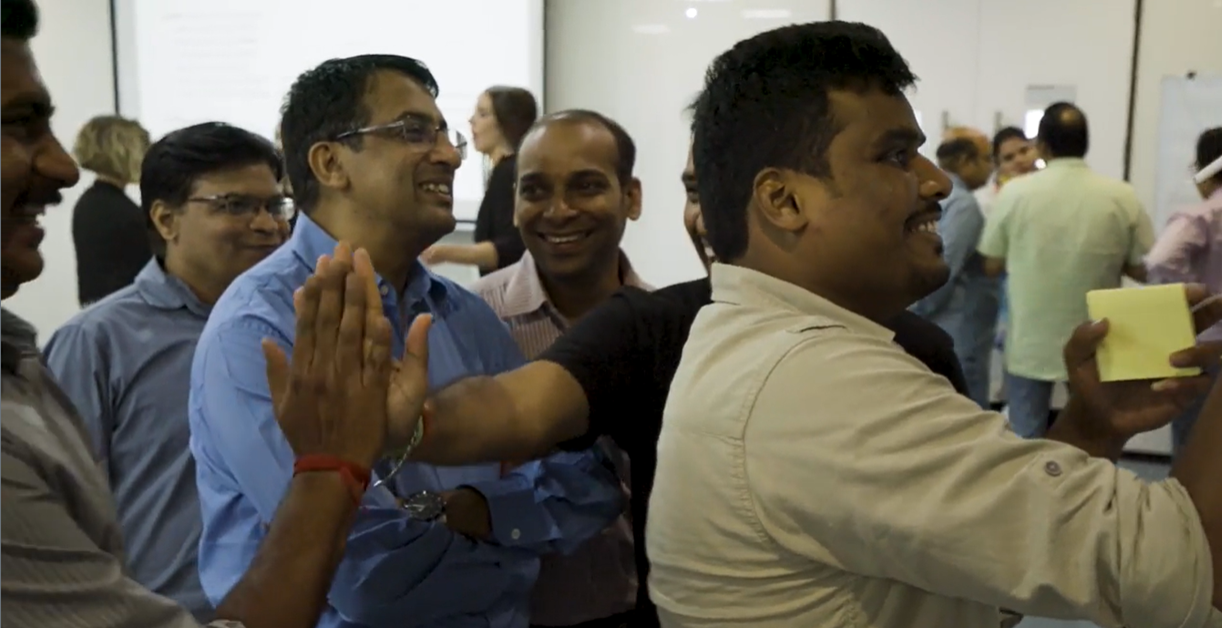- The iPad Mini is 20% off, making my favorite portable tablet even easier to recommend
- Best Buy is giving away $300 gift cards when you buy a Hisense TV - here's how to qualify
- How to uninstall the iOS 26 beta on your iPhone (and why you might want to)
- AI agents will be ambient, but not autonomous - what that means for us
- I replaced my premium headphones with this classic Bose pair - and didn't regret it
Transformational Fitness Series, Part 2: Build Enduring Teams – Cisco Blogs

In my first article, I introduced the concept of transformational fitness; the ability to sustain energy & focus in the face of challenges, over time. It’s a quality I have come to recognize & value in my teams, as it is a real predictor of success at the individual, and therefore, team level.
Transformation success relies, most importantly, on having a clearly communicated and understood vision & plan for change. Closely behind, is the ability to recognize and respond to signals from the organization; these cues will only be shared and received when there is a culture of psychological safety.
Project Aristotle, Google’s infamous study on high performing teams, highlighted psychological safety as the most important dynamic in supporting or hindering team success. In the absence of this safety, not only is it impossible to sustain energy or build momentum, I’d argue it’s a barrier to transformation success.
In the Customer & Partner Experience Engineering team, we’ve adopted The Prime Directive as a guiding principle for enhancing a culture of psychological safety. The assumption that everyone is doing their best fosters trust and ensures we receive each others’ intentions with an open mind. We know people are more likely to speak up when they’re confident they won’t be judged or shamed for having different points of view.
Cultivating psychological safety within an organization enables team members to express their views, take risks, and embrace failure. In doing so, we build the organizational confidence and muscle memory needed for transformational fitness
Up next, I’ll talk about the importance of reflection in the routines that support transformational fitness.
How have you leveraged reflection to build stamina & energy when going through a change? Let me know in the comments below.
Additional Reading
Project Aristotle overview, findings, & related resources
Illuminate: How to Lead Your Organization Through Change
Share:

